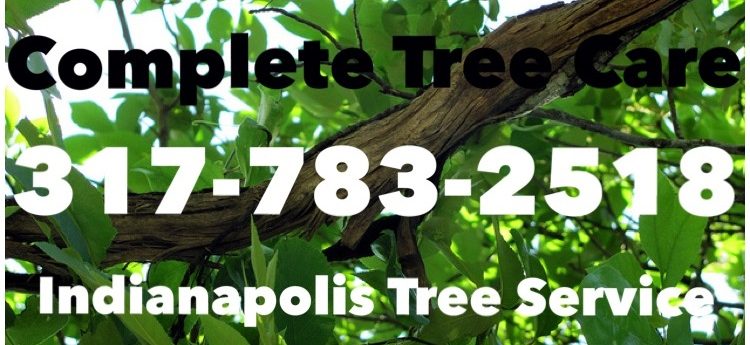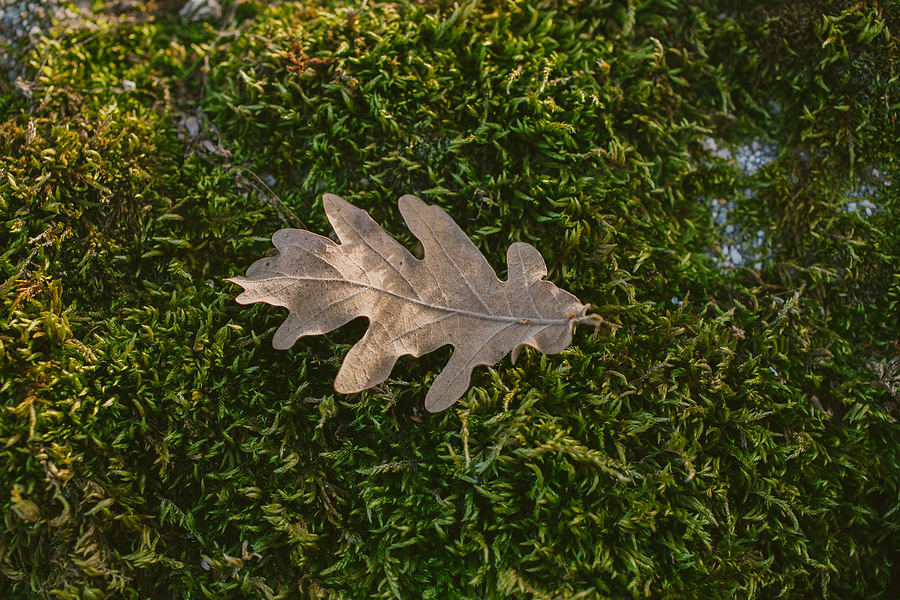Oaks are glorious landscaping trees, and those who have had them on their property for years knows just how big they can get. Oak trees are vital assets to your property, providing natural shade and snow fencing, as well as wind mitigation benefits and a load of delightful wildlife viewing. However, if you’ve noticed that every time you sit beneath or work near your oak tree you end up with all sorts of red and itchy welts, it could be due to an unpleasant type of oak tree wildlife, known as oak mites.
Continue reading to learn more about oak mites, including what you can do to get rid of them, while protecting your oak trees.

What are Oak Mites?
Oak mites are just like any other mite. They are microscopic insects that choose oak trees as their natural habitat because they like to feed on the juicy small midget fly larva that live within the bark tissue. Oftentimes, people mistakenly assume that an oak might bite is actually the result of chiggers. Oak mite bites and chigger bites tend to present the same types of symptoms, including large, itchy, red welts and bumps.
However, you can diagnose an oak mite bite from a chigger bite by simply recalling your activity near the oak trees on your property or somewhere else. Oak mites will drop from oak trees or be carried in the wind, eventually landing on you. Using you as a host, they will bite down and go to town on your skin.
Treating Oak Mite Bites
Typically, oak might bite hours later. And when they do, they will reveal themselves as red or pink bumps or welts on the surface of the skin. They also tend to burn an itch. The secret to treating Oak mite bites is to not scratch. Just like mosquito bites, the more you scratch the worse they get and the longer they take to heal. Scratching can also lead to infection.
To help abate the symptoms of itching and burning caused by oak mite bites, you can apply an antihistamine cream or anti-itch ointment throughout the day and until they heal. Cold presses may also help relieve the burning and itching sensations. You can expect oak mite bites to heal within a few days, but in worse cases or for those with sensitive skin, treatment might be less effective, and bites may take weeks to go away.
How to Prevent Oak Mite Attacks
The best way to prevent getting bitten by oak mites is to avoid getting too close to your oak trees during peak season, like spring and summer. If you must get near your oak trees, where long sleeve shirts and pants to avoid skin exposure. After being near oak trees, it is important to shower immediately and launder your clothes since oak mites will remain on your skin and clothing until you wash them off.
It is important to understand that pesticides are not effective for oak mite removal because they only affect live oak mites, not unhatched mites. A pesticide might reduce the oak mite infestation, but it will not get rid of it completely, even with multiple applications.
Looking for professional service for your oak trees and landscaping trees in Indy? Contact Complete Tree Care at 317-783-2518 for Indianapolis Indiana tree services you can trust. We serve residential and commercial clients all through the central parts of the state.
Related Posts:
How to Identify and Treat Oak Wilt
Questions and Answers About Oak Tree Care
Common Winter Tree Pests in Indiana



